Sudan: A Home Away from Home
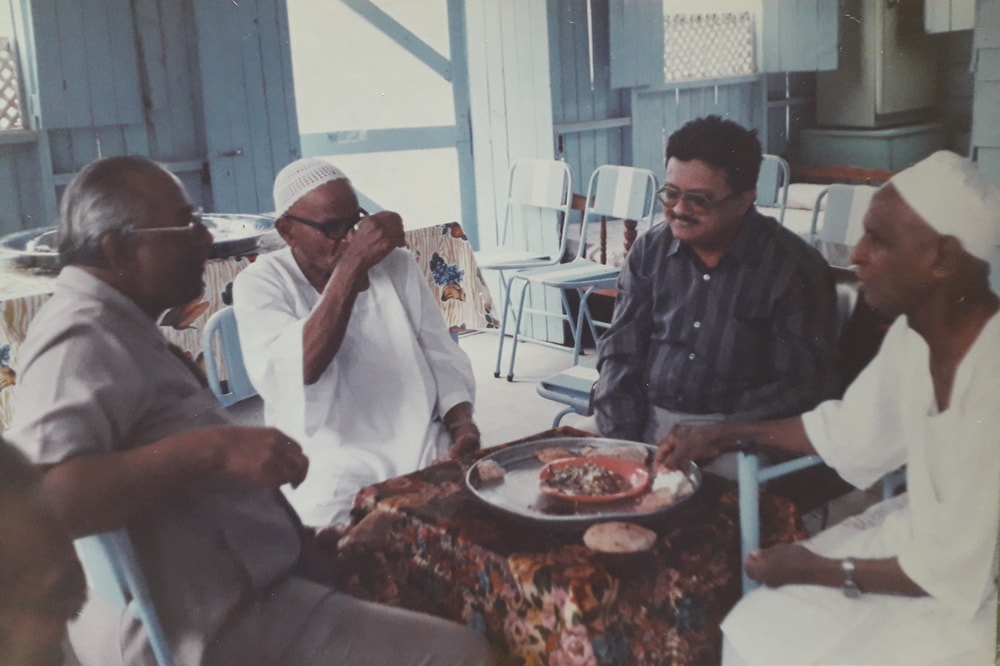
Indians and Sudanese eating together at Sewakin. Image courtesy of Jigna Khajuria
Growing up in Sudan was not unusual for us. I am an Indian, born and brought up in Sudan, like thousands of other Indians. For us, it was a way of life – nothing extraordinary.
We grew up among Sudanese neighbours, celebrated Indian as well as Sudanese festivals, ate Indian and local food, and learnt Indian languages as well as Arabic at school. There was always a balance between our Indian-ness and Sudanese-ness. We imbibed the cultures and traditions of both countries very naturally. We never faced an identity crises; we were aware from childhood that we are Indians living in a foreign country, one which did not feel foreign at all. And for this, I credit the Sudanese people, who accepted us with a sort of warmth that is hard to find anywhere else in the world.
The history of Indians in Sudan goes back 150 years. It was in the 1890s that British began colonising Sudan. Around that time, Indians from the west coast of India had begun trading with the eastern coast of Africa. By 1901, Indians started settling in Sudan, starting with the town of Sewakin as it was the main port of Sudan at the time. My uncle tells me that at one point, there were around 100 shops owned and run by Indians in Sewakin. I, too, am a fourth generation Indian born in Sudan.
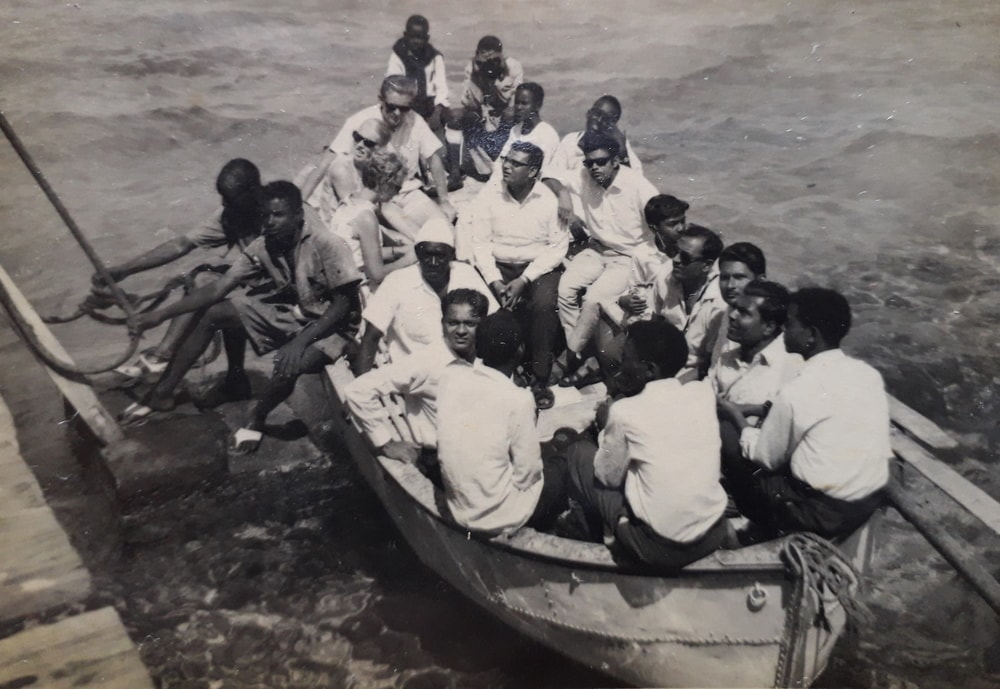
Jigna’s father and other Indians on a boat in Sudan. Image courtesy of Jigna Khajuria
The Indians who settled in the different countries of Africa were mainly labourers, taken by the British to help build the railways (as in Kenya, Uganda, Tanzania etc) or work on the sugarcane plantations (as in South Africa). What is peculiar about Indians in Sudan is that they were neither invited nor forced by the British to come as labourers. Our ancestors went to Sudan voluntarily and solely for trading. Indians brought their textiles to Sudan and took ivory and gold from here. Sudan was full of elephants in those days and there had been no restrictions on the extraction or exporting of ivory. There were huge gold mines in the region of Jibet in Sudan, and Indians are known for their love of gold.
Eventually, Indians moved to the village of Tokar for agriculture, mainly cotton. The development of railways helped the Indians move inland in Sudan. They initially settled in the towns of Kassala and Damer as they were the financial hubs. Indians then travelled as far as Fasher and El Obeid – the westernmost region of Sudan. At some point there were so many Indians in Obeid that they started a special Indian school for their children!
- Indians at their shops in Port Sudan
- Indians at their shops in Port Sudan
In 1905, the British discovered a better place for a port than Sewakin as it had a better and deeper harbour – the current city of Port Sudan. They began building a new town there and by 1908, railways had come to Port Sudan. The British invited the Indians to settle in this new town. Indians, however, refused to move as they felt it was not a viable option for business. The British then smartly transferred the main bank (National Bank of Egypt) and the post office from Sewakin to Port Sudan. This forced the Indians and Sudanese people to migrate and by 1935-37 Indians began settling in Port Sudan. Now, Indians are mostly settled in the towns of Omdurman, Kassala, Port Sudan and the capital Khartoum.
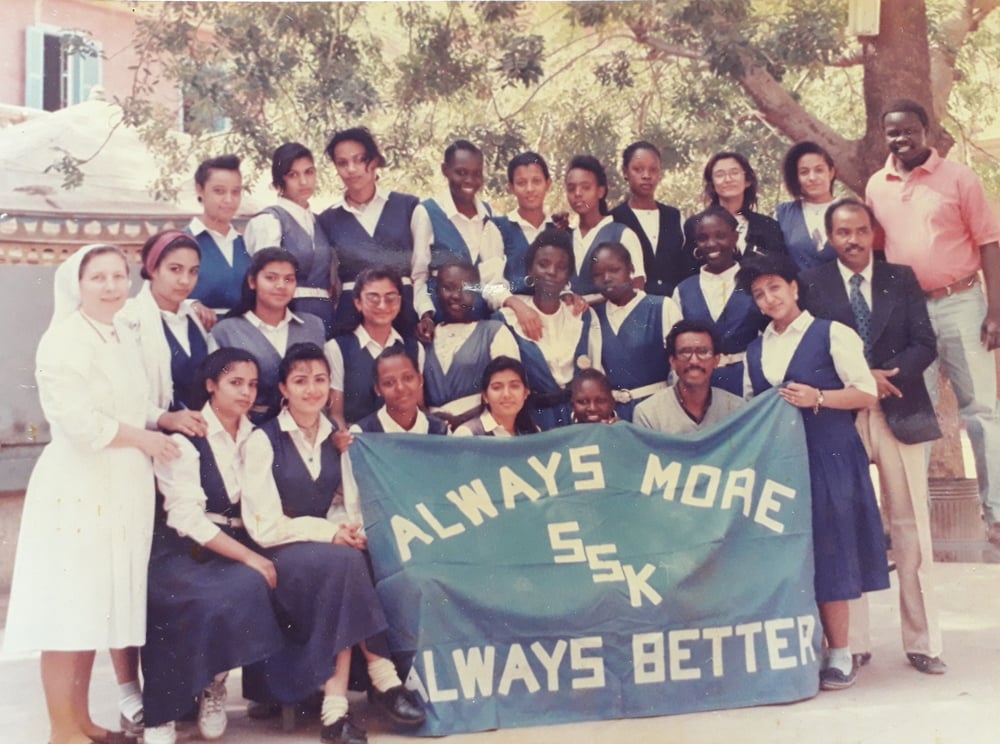
Jigna and her classmates. Image courtesy of Jigna Khajuria
We have had an Indian School in Omdurman (where I was born) for more than 50 years. My brothers and I studied there for the first six years. Then the girls mostly went to either the Rahbat or the Sisters’ School and the boys went to Comboni School. Nowadays, Indian children have many more options. At Sisters’ School, Khartoum, we had students from many countries and ethnicities – Sudanese, Egyptians, Eritreans, Ethiopians, Koreans, Pakistanis – and we grew up in an inclusive and cosmopolitan environment.
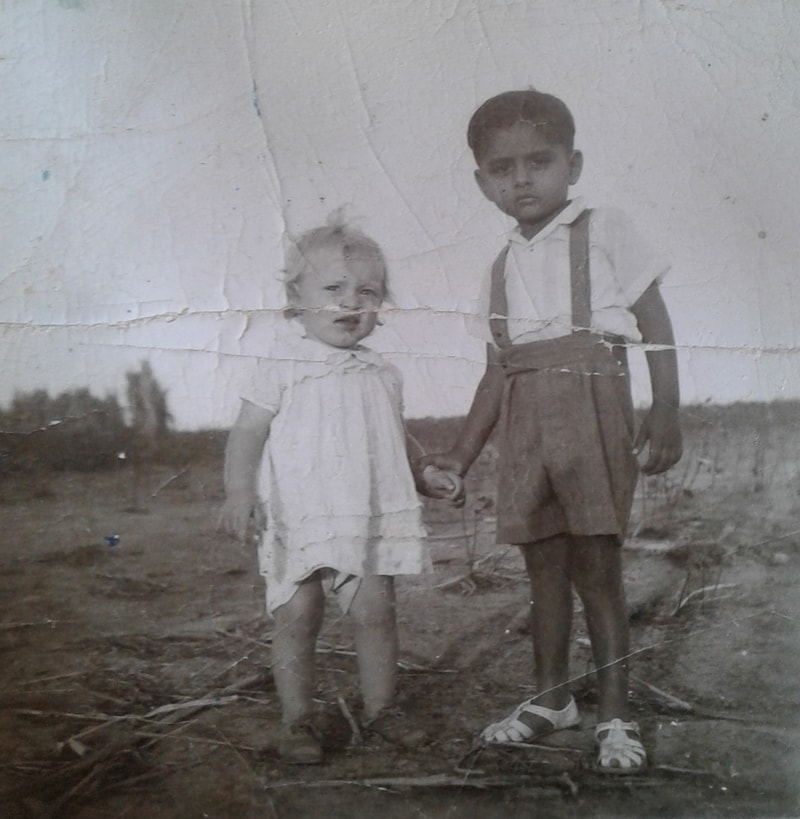
Jigna’s father with his childhood friend in Tokar, Sudan. Image courtesy of Jigna Khajuria
Growing up, as children, life was generally easy and carefree for us. But I remember our elders talking about things becoming too expensive and hard to get. I remember waiting in long queues to buy bread at the bakery and for gas cylinders. I remember getting held up at home due to curfews that went on for weeks. On a couple of occasions, I remember being terrified of teargas attacks in our neighbourhood. Sometimes, the power-cuts lasted for 8-10 days at a stretch. There were phones, but they did not work most of the time, due to faulty lines. Thefts at homes were very common in those days. This situation, a result of political unrest and apathy, lasted for a few years (this was throughout the 1980s and the beginning of the 90s).
Now, things have changed completely in Sudan. All things of necessity are easily available; supermarkets, international products and branded clothes – which were unheard of while we were growing up – are now commonplace. The country has advanced remarkably as far as technology goes and this has helped the country grow in many ways. However, it is sad to note that the depreciation of the Sudanese currency has led to everything getting extremely expensive. More women are working now, both Indian and Sudanese, which I find encouraging. Advanced and better education is available, but at a hefty price. One has to have deep pockets to be able to afford it.
As children, we played many outdoor games and visited friends regularly. Some of us even attended computer classes as that was the in-thing at the time. Going to the Indian Club and some picnic spots was our favourite pastime. Visiting relatives and neighbours on festivals was the norm. Now, there are far more places of interests and restaurants to try out than we ever had. The new generation of Indian children are, sadly, mostly glued to their personal mobile phones, not giving importance to playing or meeting people. However, that is not just in Sudan but everywhere in the world today. Though, they do have more sports classes and summer camps that we never had.
Both Indians and Sudanese have absorbed many things from each other’s cultures. The Sudanese have always loved Bollywood, Indian actors and songs. Indian clothes are lapped up like hot cakes by the Sudanese. Meanwhile, Indians have integrated Sudanese food, lifestyle, language and music into theirs. As much as I remember, Indians have always been respected in Sudan and given a lot of freedom to follow their traditions. The Indians have also been law-abiding (mostly) and respectful of the Sudanese way of life. They have tried to exist like sugar in a glass of milk, dissolving themselves in the Sudanese lifestyle and yet retaining their unique identity. Politically, too, both countries have remained on good terms throughout.
Indians and Sudanese do not have much in common except that they both have ancient histories. The Sudanese tend to be a bit lazy and leave everything to the mercy of Allah; whereas the Indians believe in getting down to brass tacks and getting things done. The Sudanese have respected Indians for their hard work, efficiency and development of businesses. And the Indians have admired and have been grateful to the Sudanese for their legendary generosity, kindness and receptiveness. Despite the differences, people of both countries have mostly co-existed peacefully.

Jigna Khajuria
I am an actor and writer and moved to Mumbai, India, after my father’s death, 22 years back. It was to get better education and opportunities in life. Most of the Indians who have left Sudan have done so, for economic reasons, for better opportunities. Even though I do not wish to settle down again in Sudan, I do want to keep visiting the country to touch base, to go back to my roots, to enjoy the delicious food (oh, how I miss foul-aish, tamiya sandwiches and the kisra!) and to meet the wonderful Sudanese people.
We were never expats in this African country. Those of us who have left, carry a bit of Sudan in us wherever we go – in our food habits, in the Arabic language that we speak occasionally, and in our kindness that we’ve learnt from the Sudanese. And for those who still live there, Sudan is home.
*Images courtesy of Jigna Khajuria

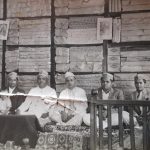
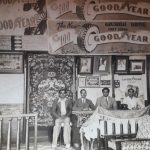
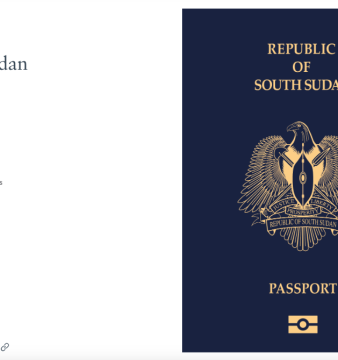
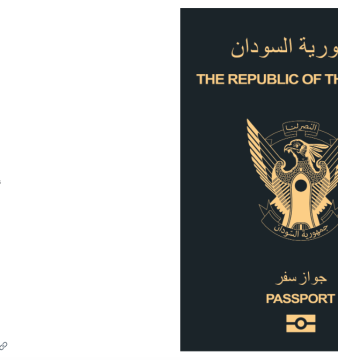
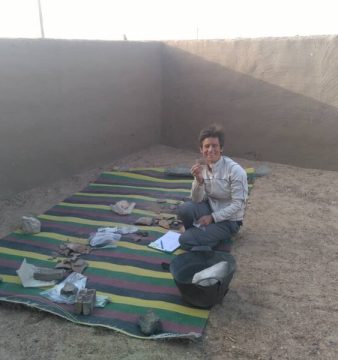
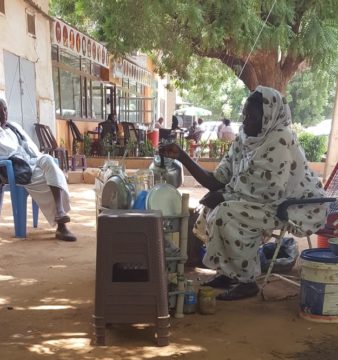
Wow jigu,proud of you.Really Sudan our nation ,our love where we born and brought up togather.we miss u all .
Yes, Bijal, we miss you all, too.
Respect! Love your story and flow… a lot of Indians have integrated one of the most famous is Mr Shandu or as I called him uncle Shandu living in Omderman third generation his son is Soniel loved his stories. But I disagree with you there are a lot of similarities between the two cultures
Thank you.
Awesomeeee
Lovely, Jigna. Your words are echo of our hearts only. We really miss Sudan as much as you do. Although being physically in India, our hearts are still in Sudan, the country of love, warmth and kindness. Love you and miss you sudan.
Thank you, Jesal. 🙂
Curious if any Indian-Sudanese you may know migrated to America? To Washington DC or New York?
Thank you, everyone. 🙂
I really enjoyed reading this. I love the photo of your father with his friend. Did he grow up in Tokar?